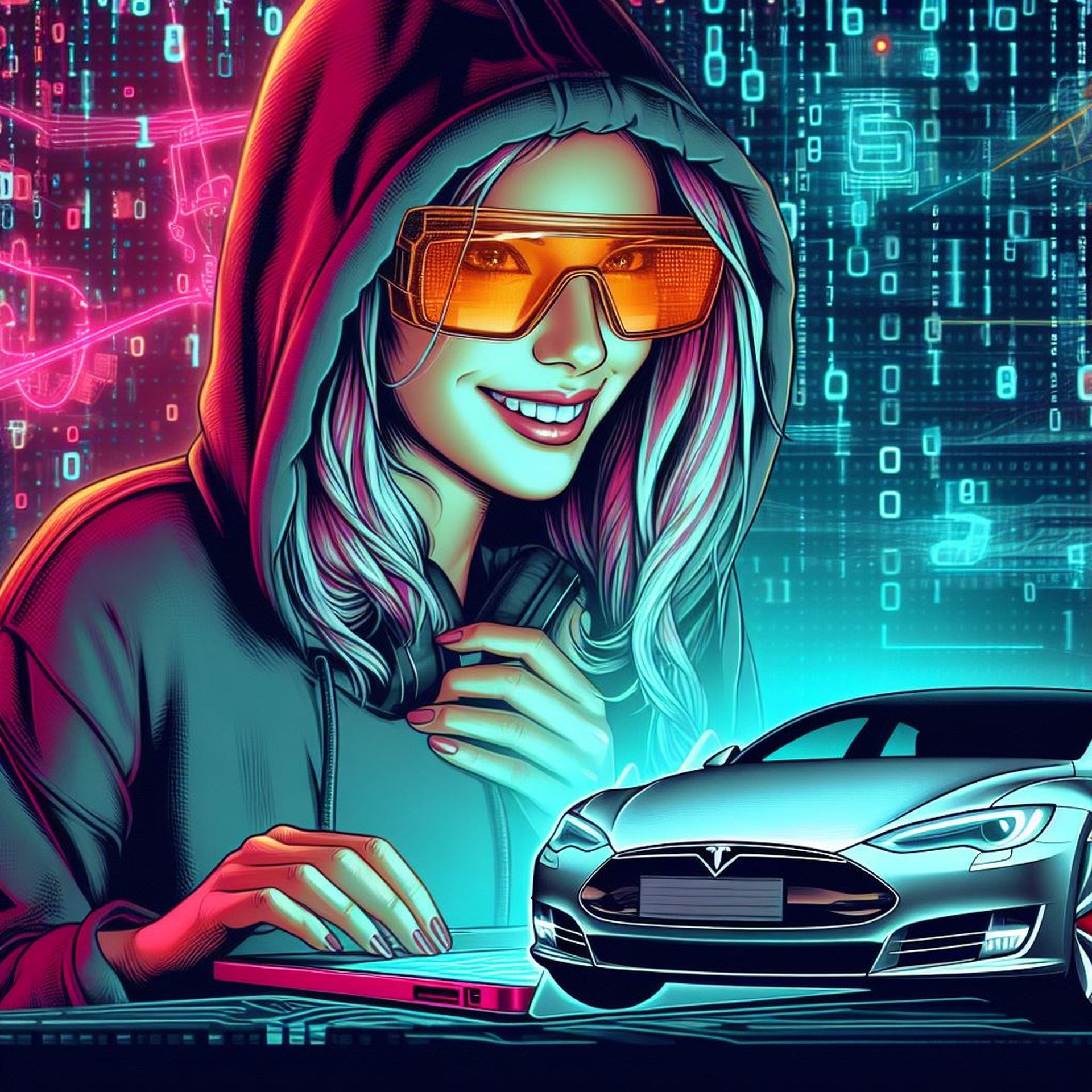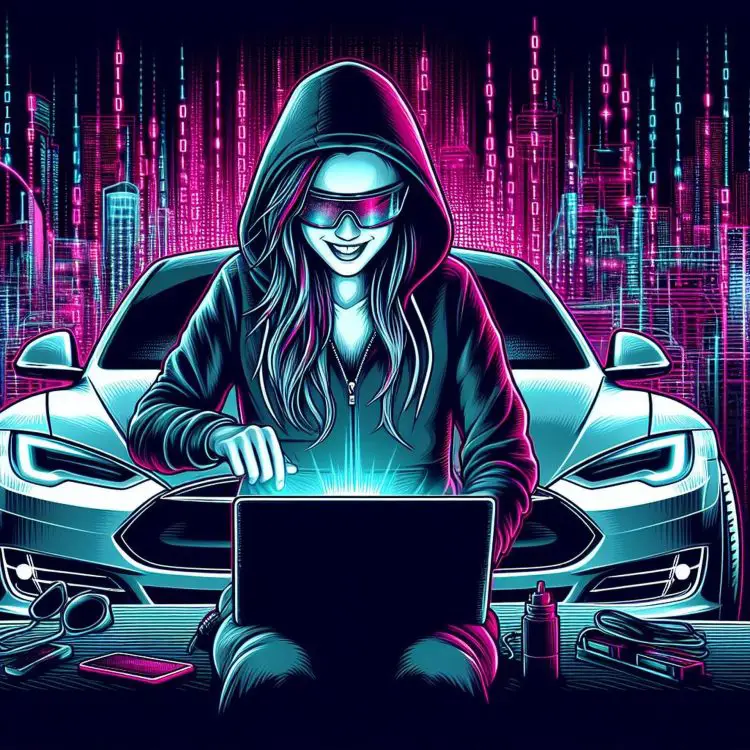Three Berlin-based doctoral research students turn into a Tesla autopilot hacker! These students recently exposed a vulnerability in Tesla’s autopilot system, revealing a hidden feature they dubbed the “Elon Mode.” With just 600 euros in tools and a straightforward approach, these hackers managed to breach Tesla’s security, raising concerns about the safety of the company’s cars and the potential replication of its technology. This article dives into the details of their discovery, shedding light on the methods used, the ease of their entry, and the implications for the electric vehicle industry. According to the doctorate research students, it was very easy.
Tesla autopilot hackers discovered the Elon Mode
The Tesla autopilot hackers, consisting of three doctoral research students from Berlin—Niclas Kühnapfel, Christian Werling, and Hans-Niklas Jacob—have recently made headlines for their discovery of a vulnerability in Tesla’s autopilot system. This trio managed to breach the car’s security measures, exposing a hidden feature they dubbed the “Elon Mode.” Here’s a detailed breakdown of their actions:
- Methodology: The hackers chose an unconventional approach that deviated from the stereotypical image of hackers using intricate lines of code. Instead, they opted for a more physical method, acquiring a special part from the United States and utilizing basic tools. This approach allowed them to infiltrate Tesla’s computer system without the need for complex programming skills.
- Ease of entry: What astonished the researchers themselves was the surprising ease with which they accessed Tesla’s closely guarded secrets. This revelation has raised questions about the robustness of Tesla’s security infrastructure and the potential vulnerabilities that might exist within its high-tech vehicles.
- Elon Mode discovery: Among the secrets uncovered, the trio stumbled upon a video on the car’s circuit board showcasing a Tesla autonomously navigating the roads of the USA. They verified the existence of the mysterious “Elon Mode,” a feature that enables the car to operate autonomously without the need for constant manual intervention. This discovery adds an intriguing layer to the narrative but also poses potential risks as it opens the door for competitors to replicate Tesla’s autonomous driving technology.
- Security implications: While the hackers found a way to unlock Tesla’s secrets, the overall risk to individual Tesla owners appears minimal, at least for now. The attackers would need physical access to the car’s circuit board, a task that typically requires specialized workshops. However, the revelation does cast a shadow on the security measures in place and raises concerns about the potential replication of Tesla’s groundbreaking technology by other companies.
The trio responsibly reported their findings to Tesla in advance, bringing the security vulnerability to the company’s attention. However, as of now, Tesla has not responded to inquiries about the exposed security loophole. This lack of communication raises questions about Tesla’s responsiveness to security concerns and their commitment to addressing potential vulnerabilities promptly.

The Berlin doctoral students plan to present their discoveries at the Chaos Computer Club congress in Hamburg. This presentation will likely provide further details on the methods used, the extent of the security breach, and the potential implications for Tesla and the broader electric vehicle industry.
In summary, the Tesla autopilot hackers took a unique approach to uncovering the “Elon Mode” and exposing vulnerabilities in Tesla’s autopilot system. Their findings have initiated discussions about the safety and security of Tesla vehicles, the potential replication of cutting-edge technology by competitors, and the need for prompt responses to security concerns in the rapidly evolving landscape of electric vehicles.
Did you see the latest Tesla robot attack? Visit the related article and learn.




